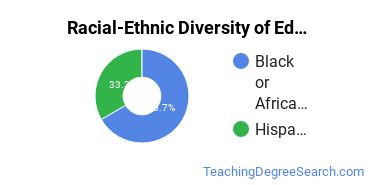Educational Statistics & Research Methods at University of Maryland - College Park
What traits are you looking for in a educational statistics and research methods school? To help you decide if University of Maryland - College Park is right for you, we've gathered the following information about the school's educational statistics and research methods program.UMCP is located in College Park, Maryland and has a total student population of 40,709.
Want to know more about the career opportunities in this field? Check out the Careers in Educational Statistics & Research Methods section at the bottom of this page.
UMCP Educational Statistics & Research Methods Degrees Available
- Master’s Degree in Educational Statistics and Research Methods
UMCP Educational Statistics & Research Methods Rankings
There were 2 students who received their doctoral degrees in educational statistics and research methods, making the school the #10 most popular school in the United States for this category of students.
Educational Statistics and Research Methods Student Demographics at UMCP
Take a look at the following statistics related to the make-up of the educational statistics and research methods majors at University of Maryland - College Park.
UMCP Educational Statistics & Research Methods Master’s Program

The following table and chart show the race/ethnicity for students who recently graduated from University of Maryland - College Park with a master's in educational statistics and research methods.

| Race/Ethnicity | Number of Students |
|---|---|
| Asian | 0 |
| Black or African American | 0 |
| Hispanic or Latino | 0 |
| White | 1 |
| International Students | 0 |
| Other Races/Ethnicities | 0 |
Related Majors
References
*The racial-ethnic minorities count is calculated by taking the total number of students and subtracting white students, international students, and students whose race/ethnicity was unknown. This number is then divided by the total number of students at the school to obtain the racial-ethnic minorities percentage.
- College Factual
- National Center for Education Statistics
- O*NET Online
- Image Credit: By Bgervais under License
More about our data sources and methodologies.
